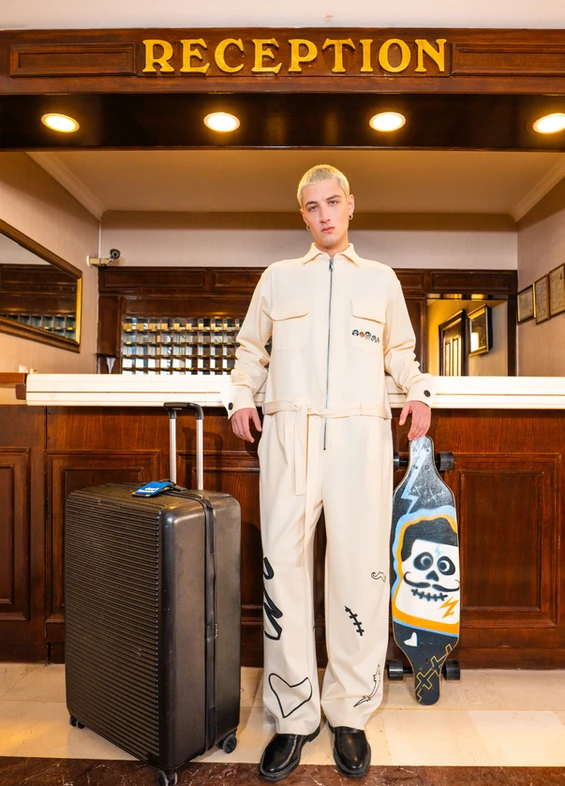No products in the cart.
For many people, longboarding is not only a means of transportation but also an enjoyable sport and lifestyle. However, when weather conditions change—especially when it starts to rain—the question of whether it is safe to ride often arises. It is possible to use a longboard in rainy weather, but it requires much more caution and certain precautions. Wet surfaces significantly reduce friction, increasing the risk of slipping. In addition, exposure of the deck and bearings to water can gradually decrease the performance of the equipment. Therefore, when riding in the rain, it is important to be mindful of both physical safety and the condition of your gear.

